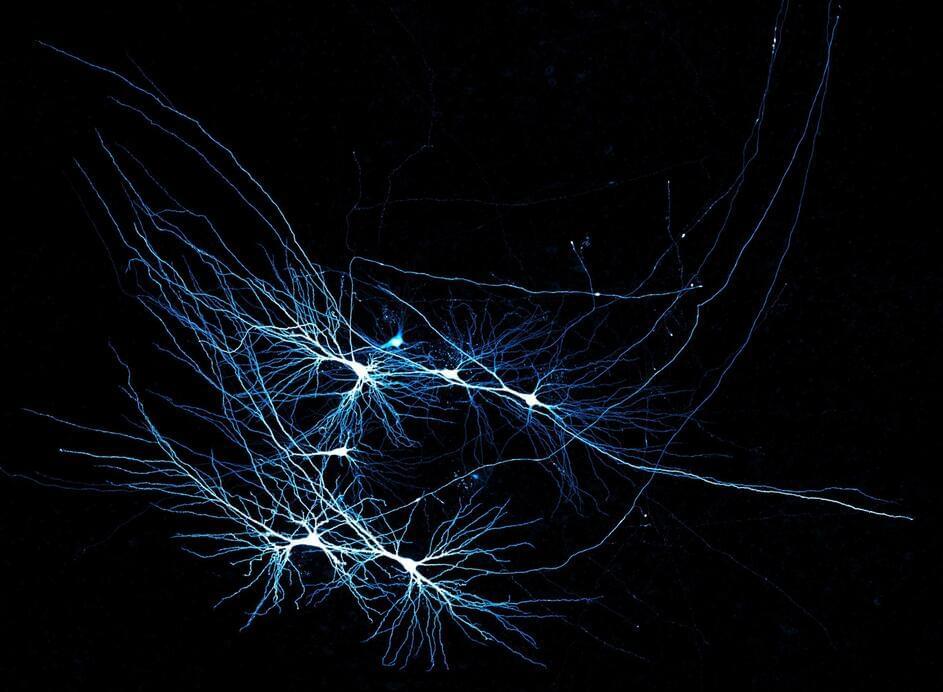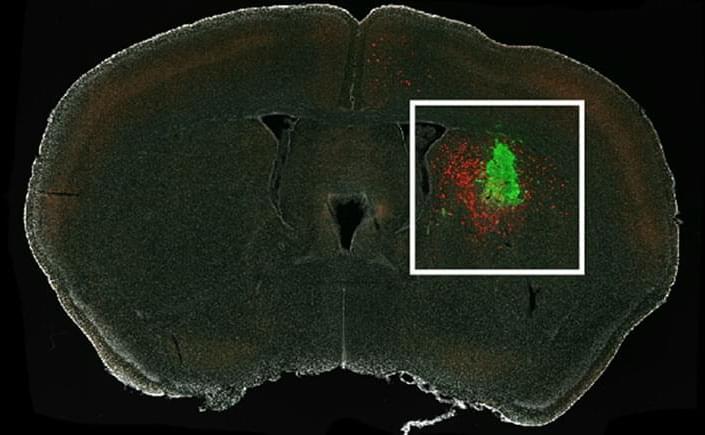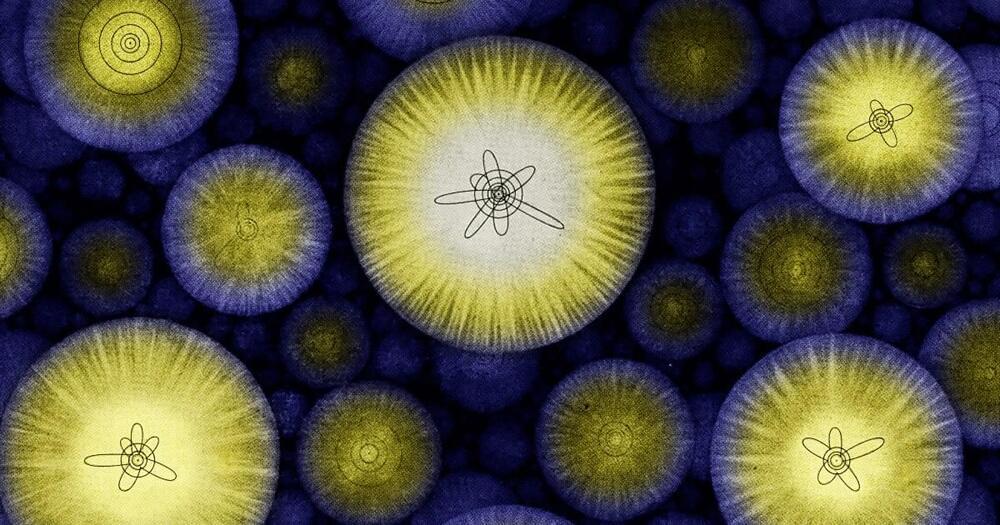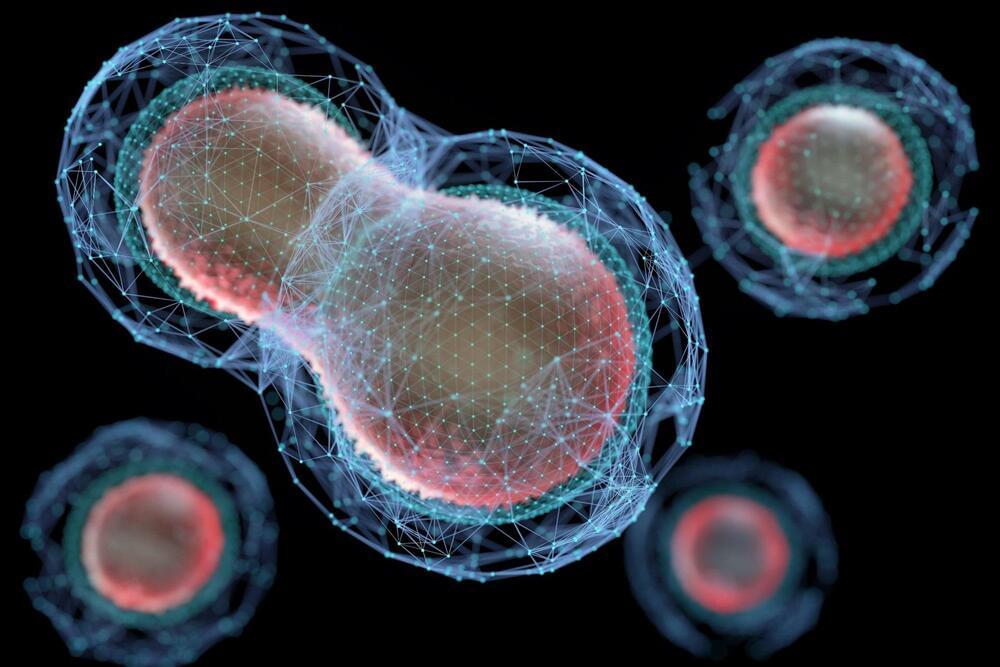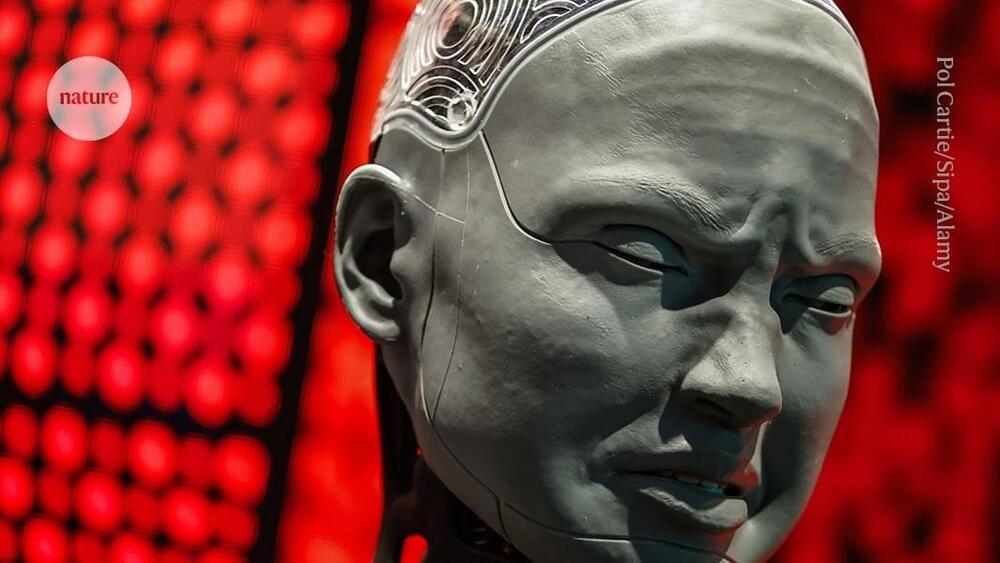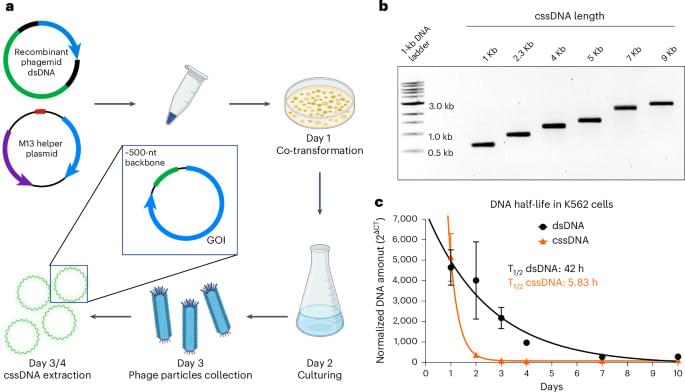Dec 11, 2024
Apple LiDAR Sensor for 3D Surveying: Tests and Results in the Cultural Heritage Domain
Posted by Shubham Ghosh Roy in categories: augmented reality, mobile phones
🏛️⛩️ ✍️ Lorenzo Teppati Losè et al.
The launch of the new iPad Pro by Apple in March 2020 generated high interest and expectations for different reasons; nevertheless, one of the new features that developers and users were interested in testing was the LiDAR sensor integrated into this device (and, later on, in the iPhone 12 and 13 Pro series). The implications of using this technology are mainly related to augmented and mixed reality applications, but its deployment for surveying tasks also seems promising. In particular, the potentialities of this miniaturized and low-cost sensor embedded in a mobile device have been assessed for documentation from the cultural heritage perspective—a domain where this solution may be particularly innovative. Over the last two years, an increasing number of mobile apps using the Apple LiDAR sensor for 3D data acquisition have been released.

